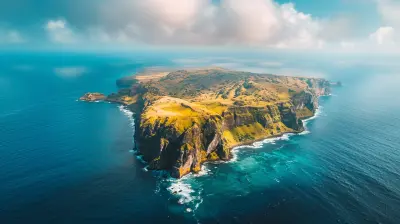The Metamorphic Rock Formations of Uluru: Australia’s Sacred Heart
3 October 2025
Uluru, also known as Ayers Rock, is one of Australia's most iconic natural wonders. Towering above the vast Outback, this massive rock formation is more than just a striking geological landmark—it's a sacred site with deep cultural significance for the Anangu people.
But what makes Uluru so unique? Besides its spiritual importance, it’s also a geological marvel, composed of metamorphic rock that has undergone dramatic changes over millions of years. Let’s take a closer look at the story written in its layers, the forces that shaped it, and why it remains one of the most intriguing rock formations in the world. 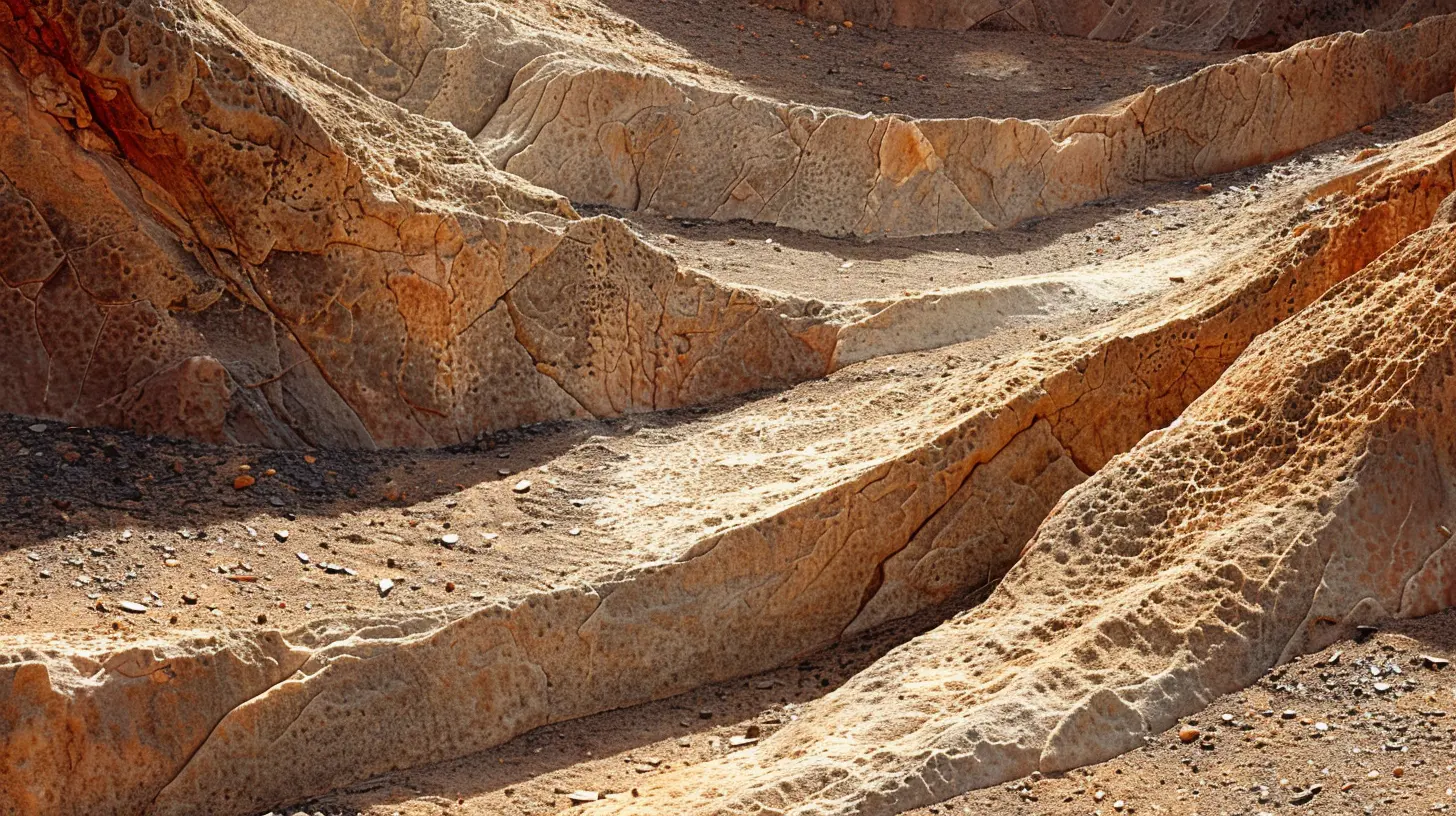
What Is Uluru Made Of?
Despite its appearance, Uluru isn’t just a big chunk of rock sitting in the desert—it's the result of an extraordinary geological transformation. Contrary to popular belief, Uluru is not a single rock type but is composed primarily of arkosic sandstone, which has undergone significant metamorphism.Arkose is a type of sandstone rich in feldspar minerals, which is unusual because feldspar typically breaks down before it becomes part of a sedimentary rock. This gives Uluru its distinct reddish-brown hue, a result of iron oxidation (essentially, rust) coating the surface.
Over time, heat, pressure, and natural elements have altered and hardened this rock, making it more resistant to erosion than the surrounding landscape—leaving behind the massive monolith we see today. 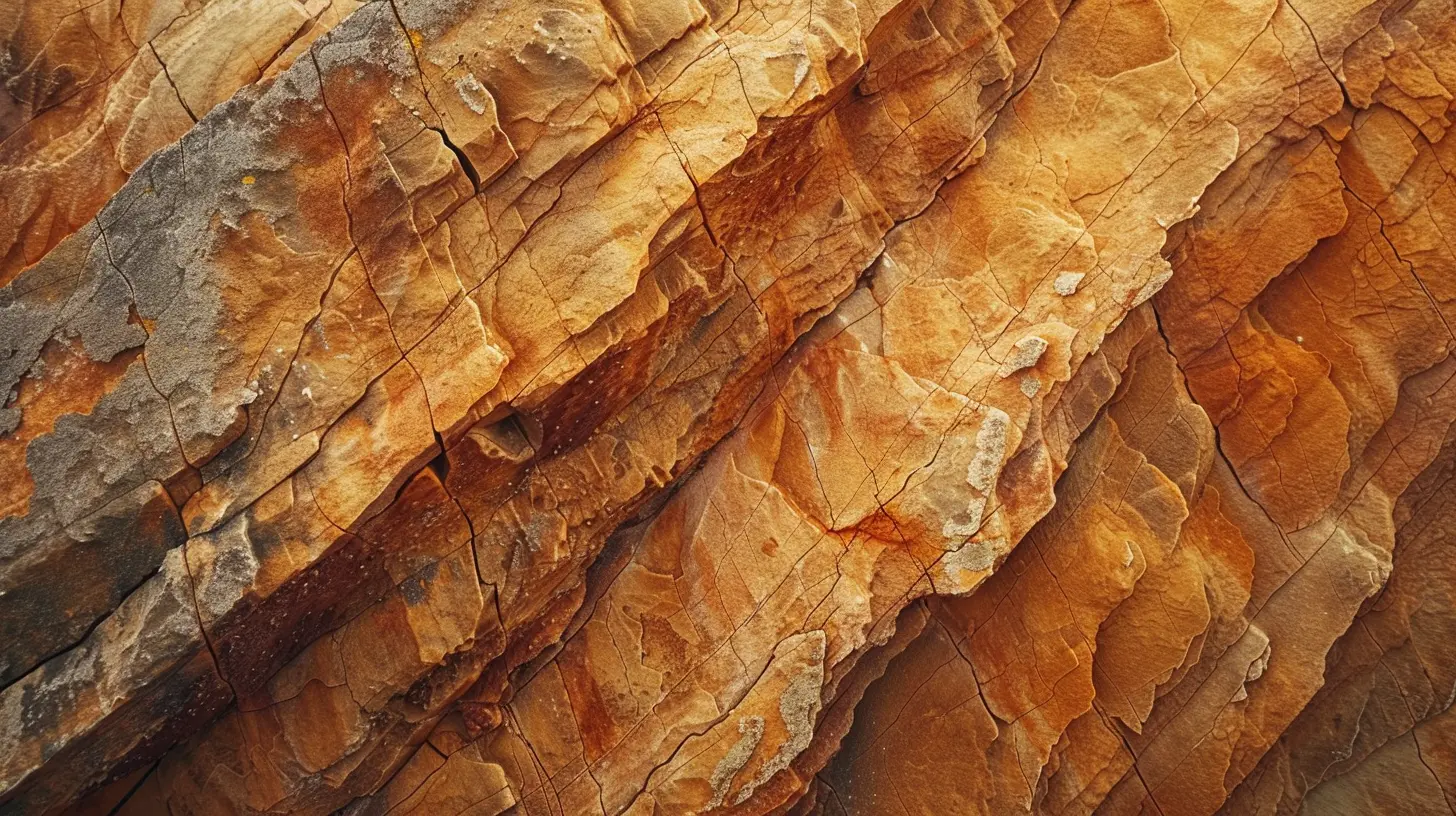
How Uluru Was Formed: A Geological Journey
The story of Uluru’s formation begins around 550 million years ago, during the Cambrian period. Back then, this part of Australia was a shallow sea basin filled with sediment from ancient mountain ranges. Over time, layers of sediment compressed and cemented together, forming sandstone deposits.Fast forward a few hundred million years, and earth-shaping forces were at work. The movement of tectonic plates caused immense pressure, folding and uplifting the layers of sandstone. This process, known as regional metamorphism, gradually transformed the rock’s structure.
The final step in Uluru’s transformation was erosion. The softer surrounding rock eroded away, leaving behind the towering monolith we see today. What’s truly fascinating is that what we see above ground is just a small part of a much larger underground rock formation—Uluru is like the tip of a much deeper geological iceberg. 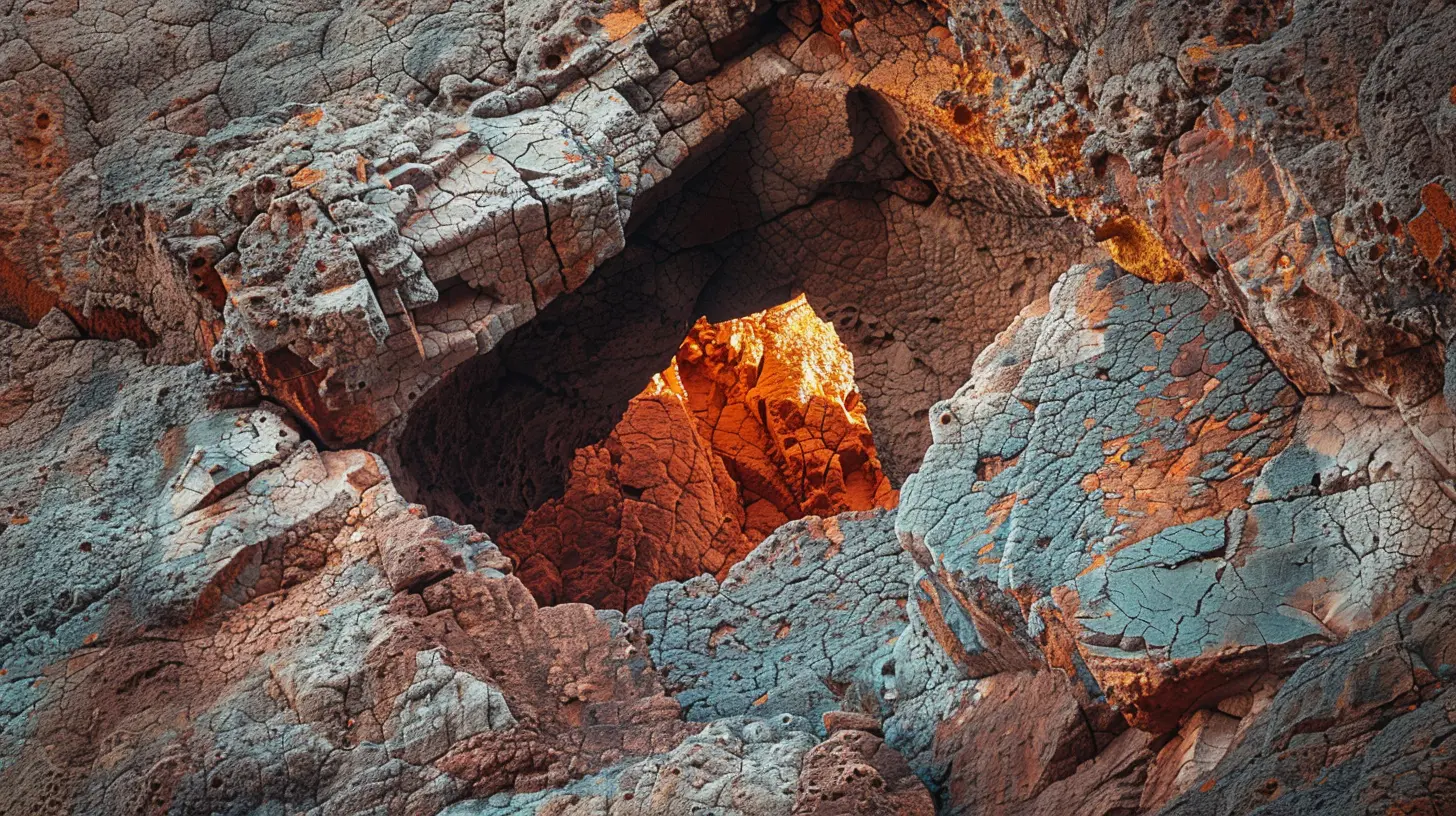
Why Is Uluru So Smooth and Curved?
If you look at other rock formations, they often have jagged peaks and sharp edges. But Uluru stands out with its smooth, rounded appearance. Why?The answer lies in its composition and erosion process. Uluru’s arkosic sandstone is extremely dense, meaning it wears down evenly. Unlike rocks that fracture under pressure, Uluru erodes in layers, leading to its curved surface.
Another reason for its smoothness is exfoliation weathering—a process where outer layers peel away due to temperature changes. The harsh Outback climate causes the surface of Uluru to expand during the day and contract at night, gradually shedding thin layers of rock over thousands of years. 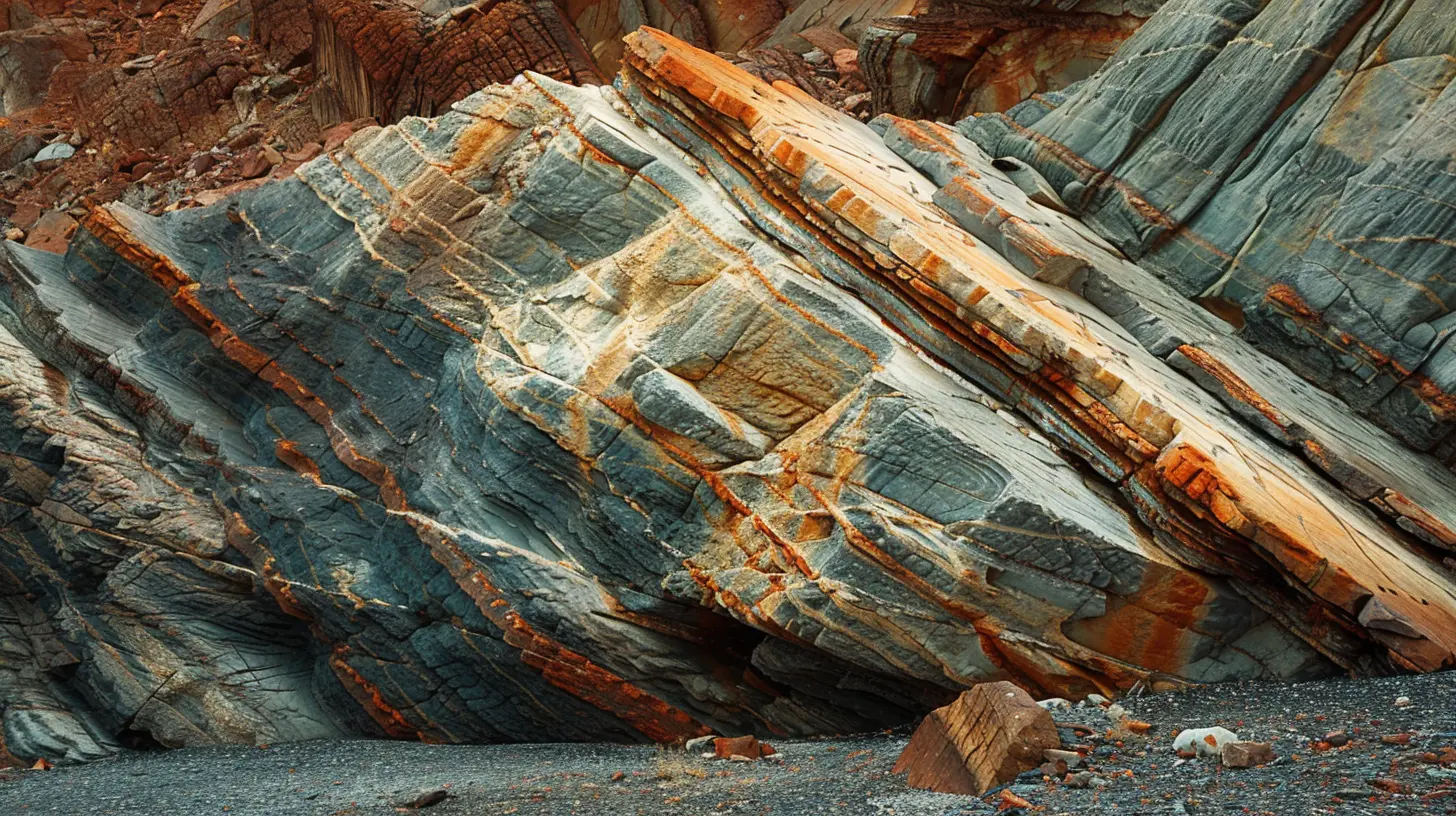
Uluru’s Ever-Changing Colors
One of the most mesmerizing aspects of Uluru is how it appears to change color throughout the day. From deep red at sunrise to a golden glow at sunset, this natural light show attracts thousands of visitors each year.But this color shift isn’t magic—it’s science. The iron-rich minerals in Uluru’s surface oxidize, much like how metal rusts when exposed to the elements. As the angle of the sun changes, so does the way light interacts with the rock’s iron coating, creating those breathtaking hues.
Underneath the outer oxidized layer, Uluru is actually a dull grey, but you won’t see that unless you observe a freshly broken piece of rock—which, of course, is discouraged as this is a sacred site.
The Cultural Significance of Uluru
While Uluru’s geology is fascinating, its spiritual and cultural importance is what truly makes it stand out. The Anangu people, the traditional custodians of Uluru, have lived in the region for over 60,000 years.To the Anangu, Uluru is more than just a rock—it’s a living, breathing entity that holds the stories of their ancestors. Through Tjukurpa (the Anangu word for Dreamtime stories and law), Uluru is considered sacred, with numerous caves, rock paintings, and ceremonial sites scattered across its base.
Out of respect for the land and the local Indigenous culture, climbing Uluru was permanently banned in 2019. Visitors are encouraged to experience Uluru through guided walks, storytelling, and cultural tours that honor its significance.
The Hidden Caves and Waterholes of Uluru
Many people think of Uluru as a dry, lifeless rock in the desert, but it’s actually home to several caves and waterholes that sustain wildlife and hold ancient rock art.- Mutitjulu Waterhole – A permanent water source at the base of Uluru, this spot is vital for both local fauna and the Anangu people.
- Kuniya Walk – This path leads visitors to sacred caves adorned with rock paintings telling ancestral stories.
- Mala Walk – Another culturally significant route showcasing caves and markings that reveal ancient traditions.
These hidden gems make Uluru more than just a geological wonder—they reveal its deep connection with the land and life around it.
Is Uluru Still Changing?
Absolutely. Uluru may not be growing or shrinking drastically, but its surface is constantly evolving. The ongoing weathering process slowly reshapes the rock, and the iron oxidation that gives it color continues to deepen over time.Additionally, climate changes and extreme weather events influence the way water interacts with Uluru. Rainfall, though rare, carves new channels into the rock’s surface, creating black streaks as minerals are washed away.
Erosion will eventually wear Uluru down, though it will take an incredibly long time before we see any noticeable changes. But in geological terms, Uluru is still very much a work in progress.
Visiting Uluru: What You Need to Know
Uluru is part of Uluru-Kata Tjuta National Park, and visiting this site is an unforgettable experience. If you’re planning a trip, here are a few things to keep in mind:- Best Time to Visit – The cooler months from May to September offer comfortable temperatures for exploring.
- Respect the Land – Stay on designated trails and follow the cultural guidelines set by the Anangu people.
- Sunrise and Sunset Viewing – These are the best times to witness Uluru’s color changes. There are dedicated viewing areas for this must-see spectacle.
- Guided Cultural Tours – Learning from Anangu guides offers a deeper appreciation of Uluru's history and spiritual importance.
Final Thoughts
Uluru is more than just a rock—it’s a testament to the powerful forces of nature, a sacred landmark, and a place of cultural significance unmatched anywhere in the world. Its metamorphic journey over millions of years has shaped it into the awe-inspiring formation we see today.For travelers, scientists, and Indigenous Australians alike, Uluru remains a symbol of the enduring connection between land, history, and people. Whether you’re drawn to its geological wonders or its cultural richness, one thing is certain—Uluru leaves an unforgettable mark on all who visit.
all images in this post were generated using AI tools
Category:
Must See LandmarksAuthor:

Tracie McAdams
Discussion
rate this article
1 comments
Capri Bennett
Uluru, a stunning example of metamorphic rock, embodies Australia's spiritual essence. Its towering presence and vibrant colors tell a story of ancient traditions and geological marvels. Visiting this sacred site offers not just breathtaking views, but a deep connection to the land's cultural heritage.
October 8, 2025 at 3:13 PM

Tracie McAdams
Thank you for your insightful comment! Uluru indeed serves as a powerful symbol of both geological wonder and cultural significance in Australia.

